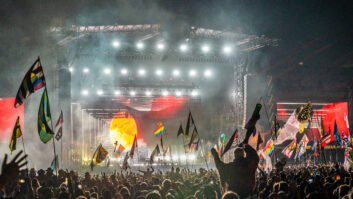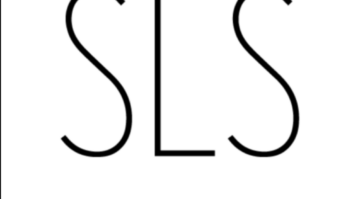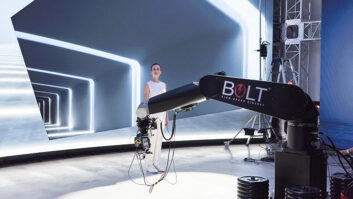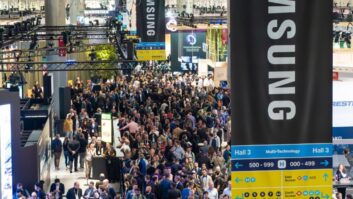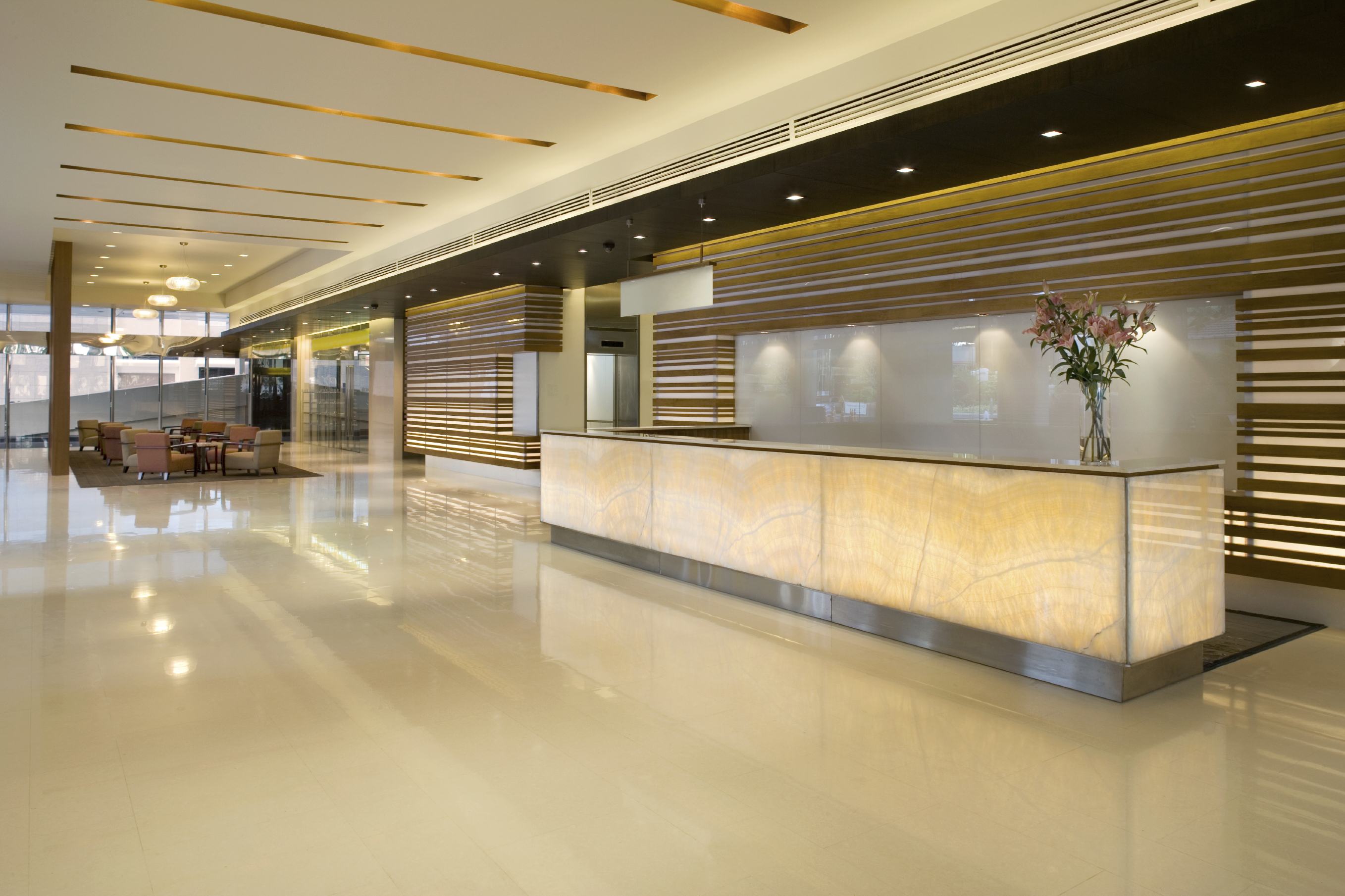
Previously we looked at what has triggered the increase in demand for LED lighting, here we present the other features making LED more attractive and the integration of a variety of technologies, writes Steve Montgomery.
LED is intrinsically less energy consuming than other forms of lighting. It is not untypical for savings in power consumption of up to 90% to be achieved, which drastically offsets the higher cost of drive electronics and lamps. Further savings are created in reduced maintenance overheads with LED lamp lifetimes of 50,000 commonplace; of particular benefit in high-ceiling and outdoor installations where access is difficult and expensive.
Even with such valuable savings, there is still an economic benefit in controlling lights through intelligent switching and dimming. LED can be smoothly dimmed down to 0.1% of full brightness, with equivalent 1:1 power saving. Lighting controls, including occupancy sensors, automated scheduling and by daylight harvesting can typically save around 60% of a building’s lighting energy use.
Alongside the potential for energy saving, there are many other features that make LED lighting technology attractive to users. Among these are the flexibility and artistic control that it offers, allowing architects and designers to use light as creative design elements in and outside buildings and to adjust the atmosphere and use of a building through control of individual luminaires. Rooms can be repurposed by simple layout changes through the use of movable partitions and their lighting formats adjusted using preset scenes to completely change the style of a room.
Jim Uphoff, ETC’s fixture product manager, has observed a growing interest in LED lighting: “As LED technology advances, consumers are also becoming more interested in form factor. We see this in the market as LED replacement filaments are more often made to look like traditional tungsten sources. Flexible LED strips and panels are becoming more popular because they can be mounted onto many different types of surfaces. Another technology trend we are starting to see is integration of other technologies into LED fixtures: such as occupancy sensors, speakers and network access points. These help solve issues of access and functionality by increasing the options available in placing light fixtures and creating areas of illumination.”
He notes that users are becoming more knowledgeable as the technology advances: “As with most new technologies, users need time to adapt and this has been particularly true with LEDs. They are beginning to demand better, brighter and cheaper LEDs. Generally when it comes to lighting, output is always important, however efficiency in output and thermal characteristics, as well as quality of light, are starting to become higher priorities. There is now a bigger demand for better colour quality, or CRI. Many companies are starting to put CRI levels on their packaging as consumers become more aware of the value of this metric.”
The issues associated with control and cost of LED lights have been overcome, this type of lighting is now an economic and attractive alternative to less energy efficient incandescent and fluorescent types, giving greater scope for cost-saving, creativity and functionality within the commercial environment. Growth has been phenomenal and that is set to continue as end users, architects and installers recognise the enormous potential they have to offer in creating buildings of the future.

